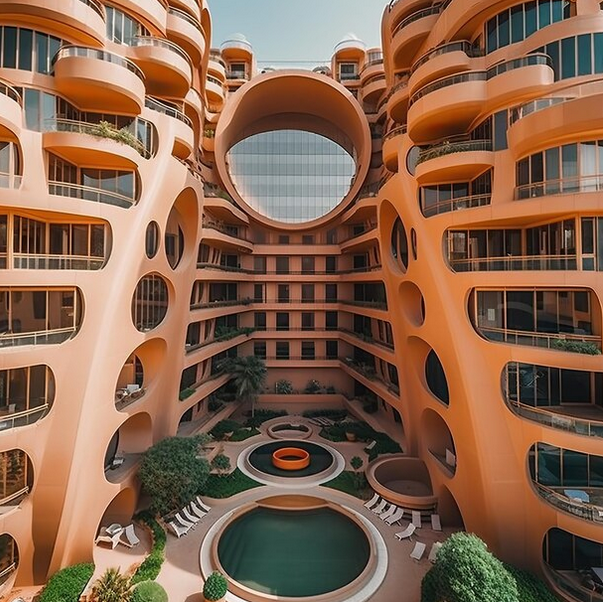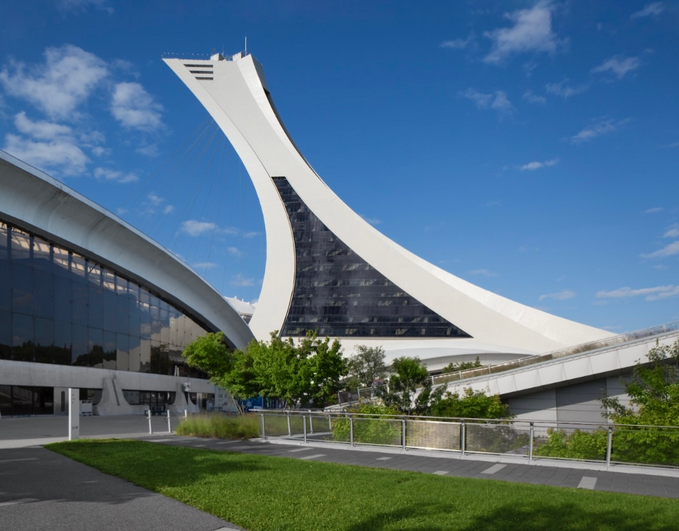Architectural marvels are iconic buildings that define the identity and skyline of cities around the world. These structures, characterized by their innovative design, cultural significance, and structural ingenuity, serve as landmarks that not only shape the urban landscape but also reflect the history, aspirations, and technological advancements of their respective cities. From historic landmarks to contemporary masterpieces, the following are some of the most recognizable and influential architectural marvels that have left an indelible mark on the cities they inhabit.

Empire State Building, New York City, USA:
A quintessential symbol of New York City, the Empire State Building is an Art Deco masterpiece that held the title of the world’s tallest building for nearly 40 years. Completed in 1931, its sleek, tapered design and iconic spire have made it a defining feature of the city’s skyline and a global symbol of urban ambition and innovation.
Eiffel Tower, Paris, France:
One of the most famous architectural icons in the world, the Eiffel Tower is synonymous with the city of Paris. Designed by Gustave Eiffel for the 1889 World’s Fair, this landmark structure, with its intricate lattice ironwork, has come to represent the romantic spirit of the city and has become an enduring global symbol of France.
Sydney Opera House, Sydney, Australia:
The Sydney Opera House, with its distinctive sail-like shells, is an architectural marvel that has become synonymous with the city of Sydney. Designed by Danish architect Jørn Utzon and completed in 1973, this UNESCO World Heritage site is celebrated for its innovative design and has become a cultural icon representing Australia’s progressive and creative spirit.
Burj Khalifa, Dubai, United Arab Emirates:
As the world’s tallest building, the Burj Khalifa stands as an awe-inspiring architectural feat that defines the skyline of Dubai. Its sleek, modern design and cutting-edge engineering have made it an emblem of the city’s rapid modernization and economic prosperity, symbolizing the ambition and innovation of the United Arab Emirates.
Sagrada Familia, Barcelona, Spain:
A transcendent work of architecture, Antoni Gaudí’s Sagrada Familia is a breathtaking basilica that has come to symbolize the city of Barcelona. Its organic, sculptural forms and intricate details exemplify Gaudí’s distinctive architectural style and serve as a testament to the city’s artistic and cultural heritage.
Conclusion
These architectural marvels not only define the cities in which they are located but also resonate with people around the world, serving as enduring symbols of human creativity, innovation, and cultural identity. From historic monuments to contemporary skyscrapers, these iconic buildings embody the spirit and aspirations of the cities they represent, leaving an indelible mark on the urban fabric and the collective imagination of humanity.
